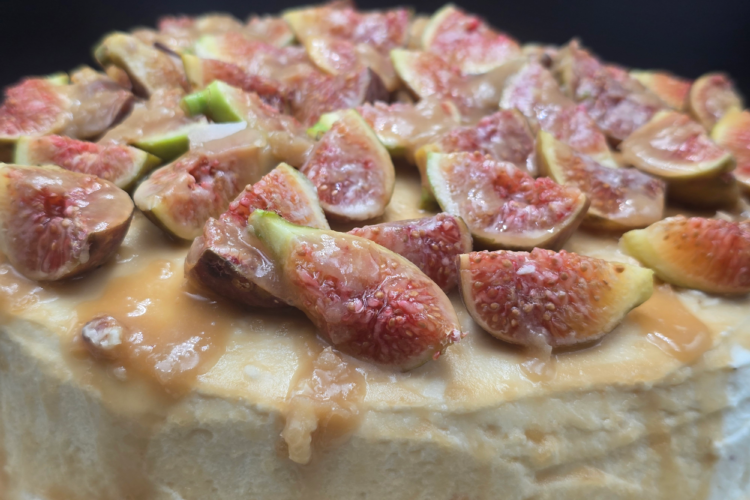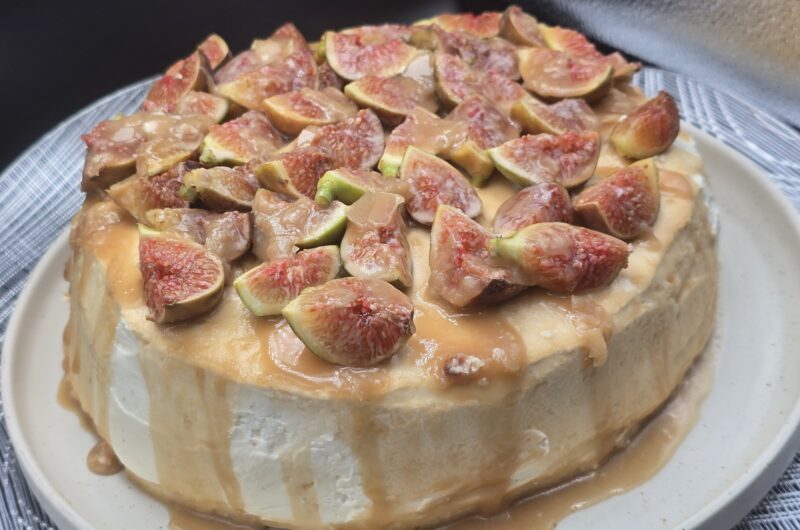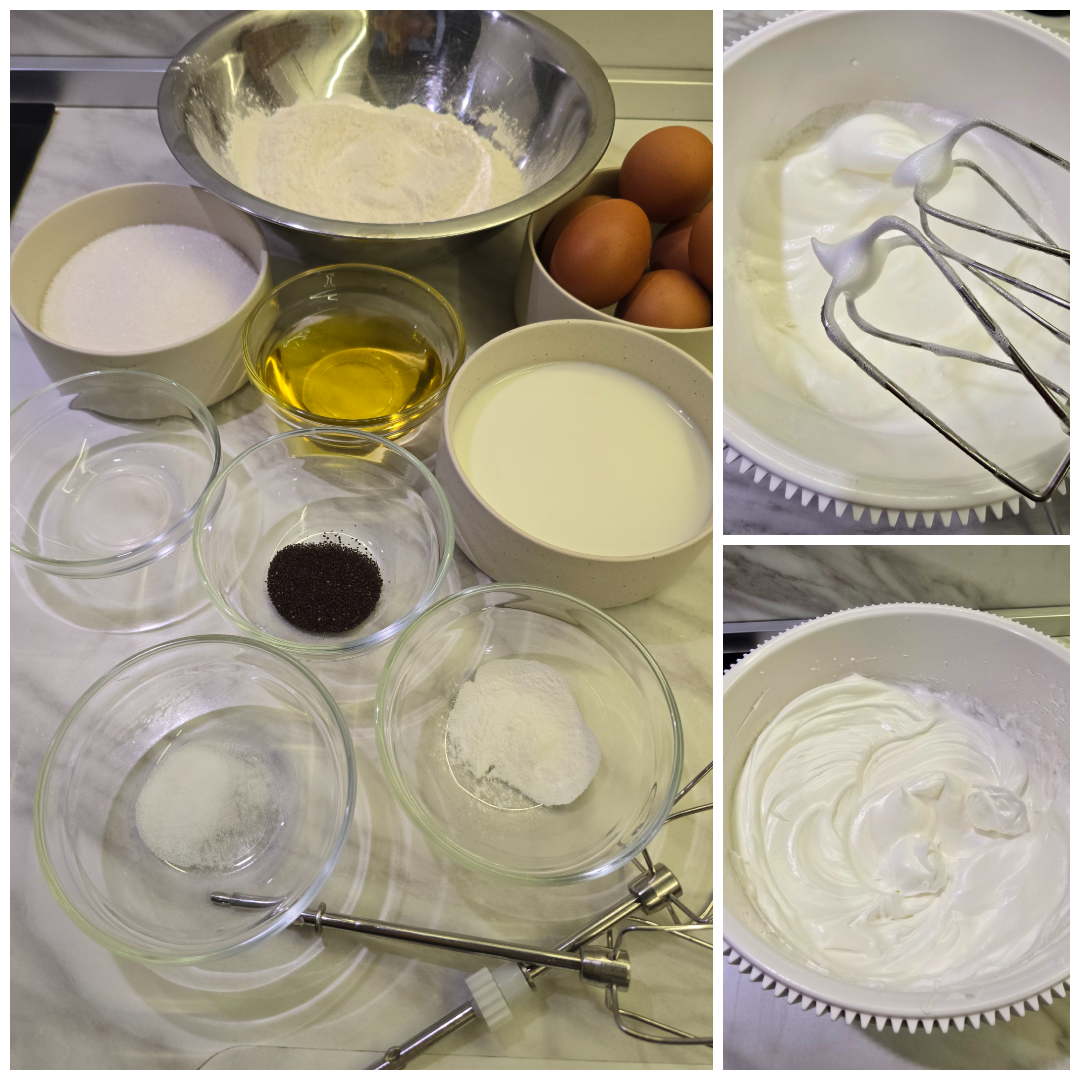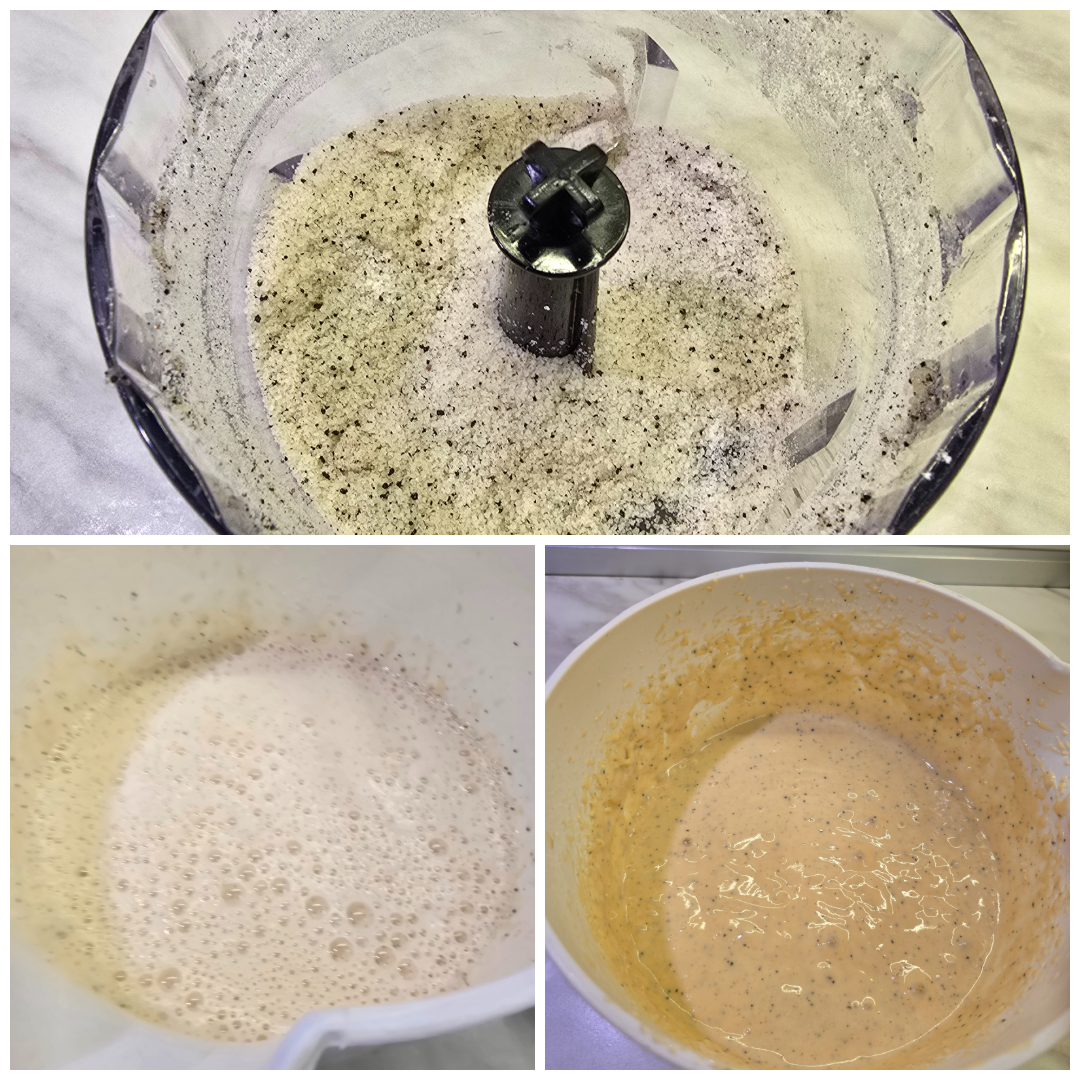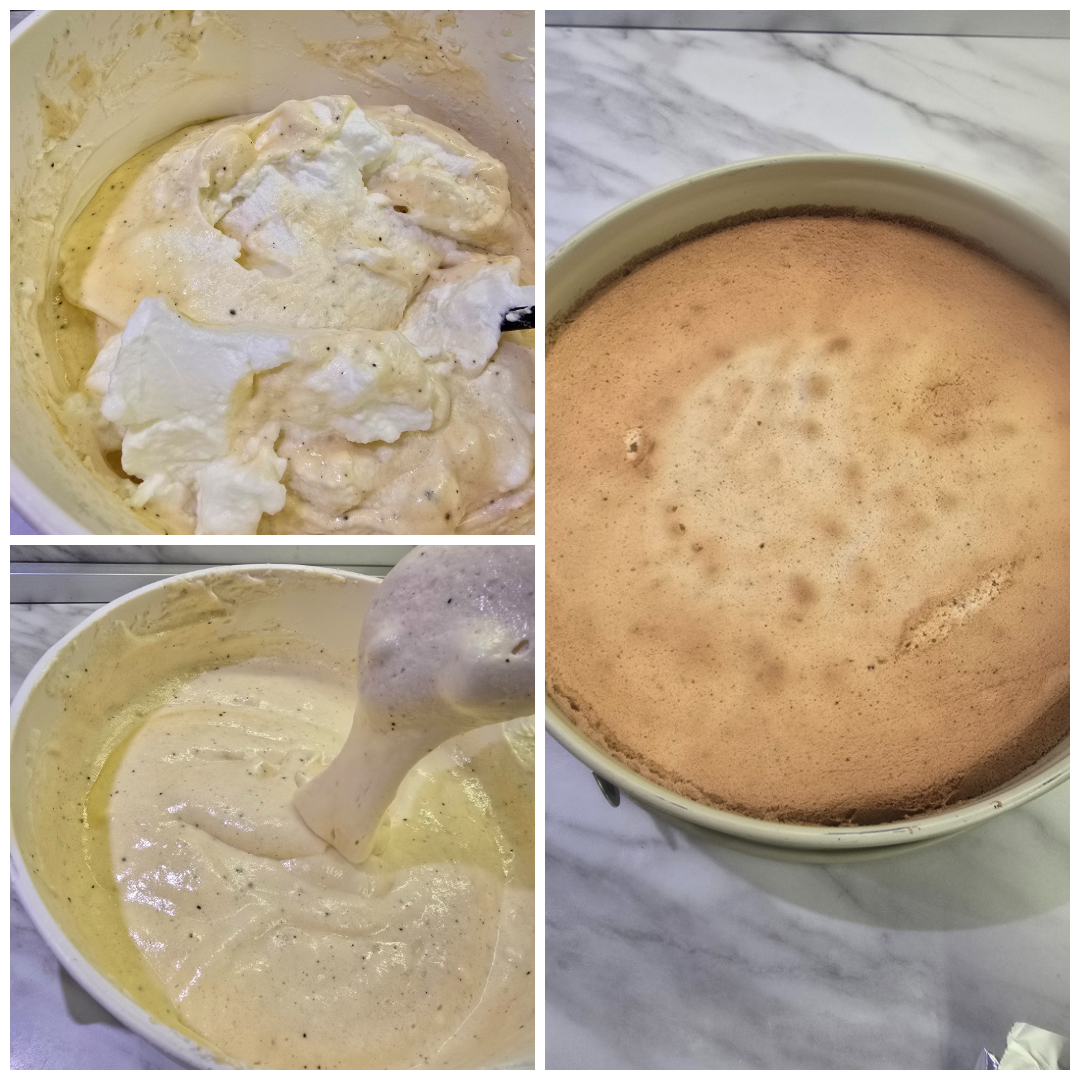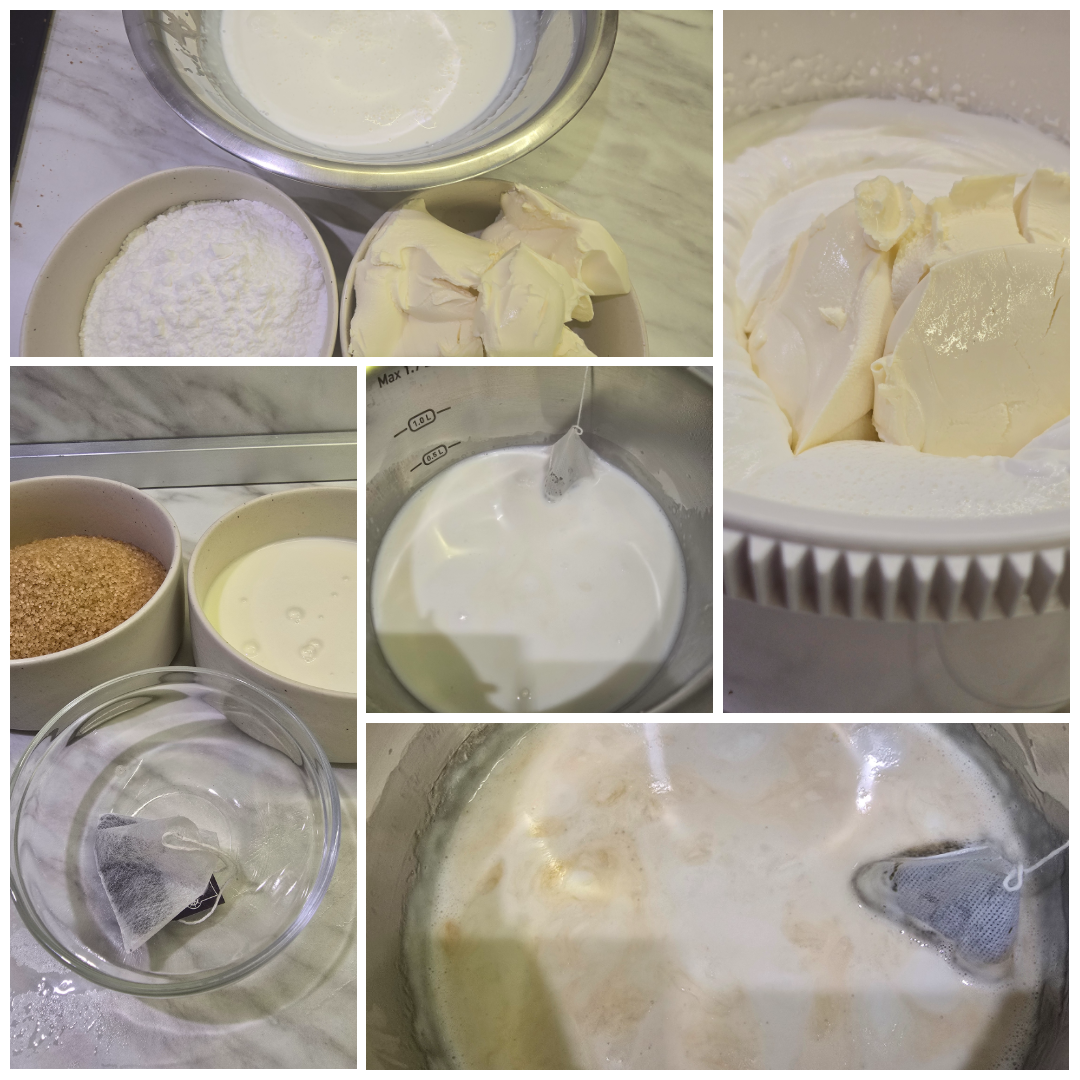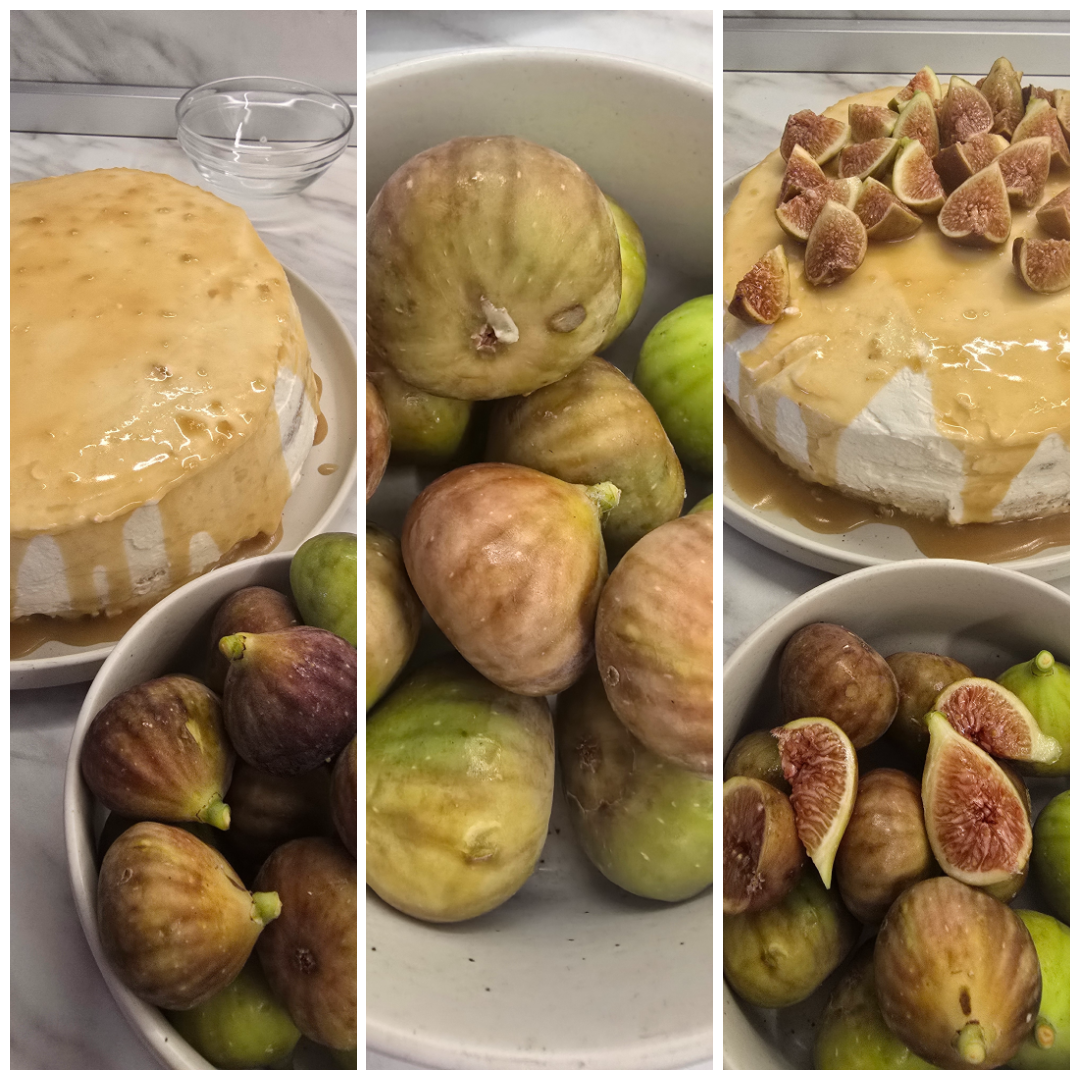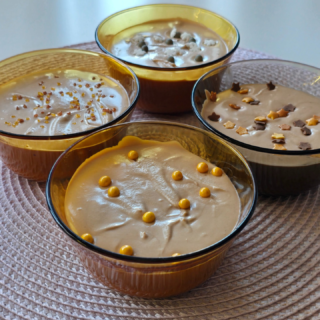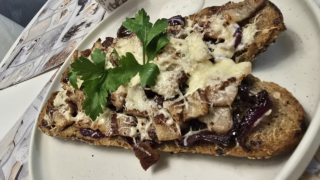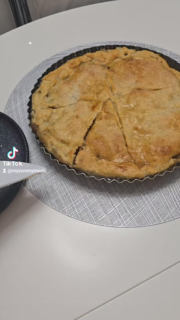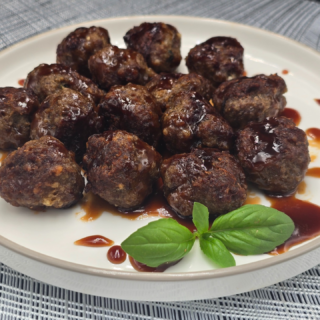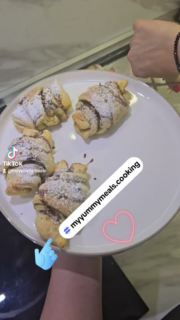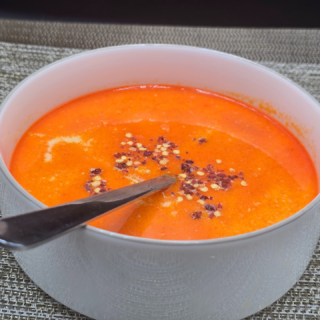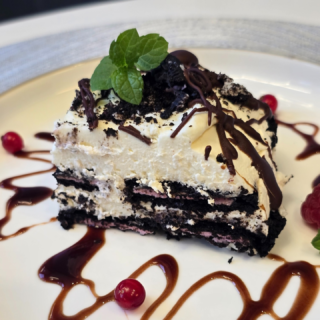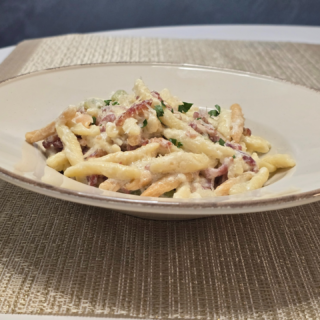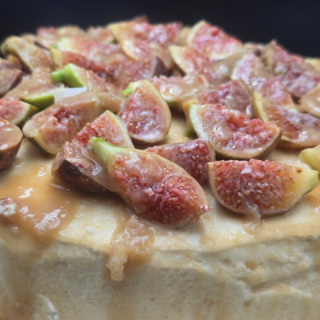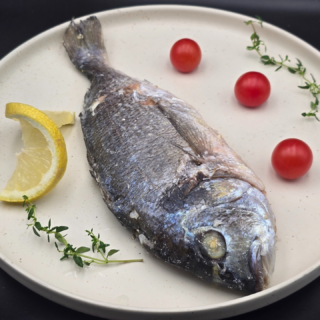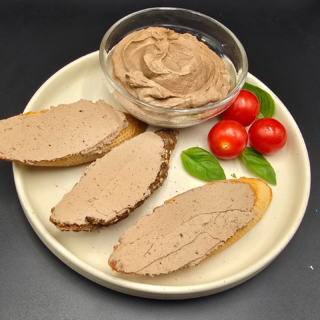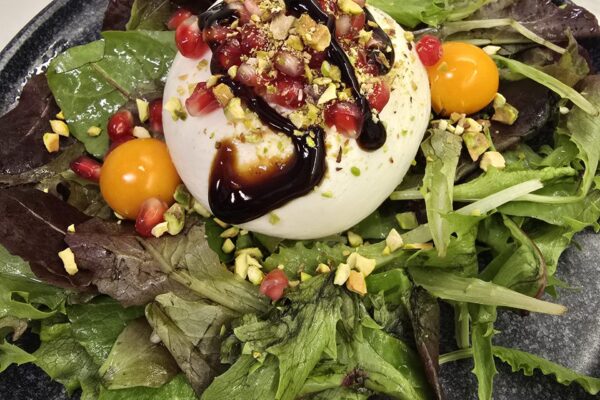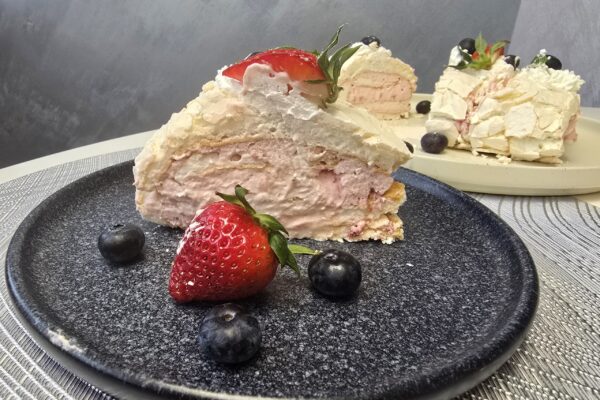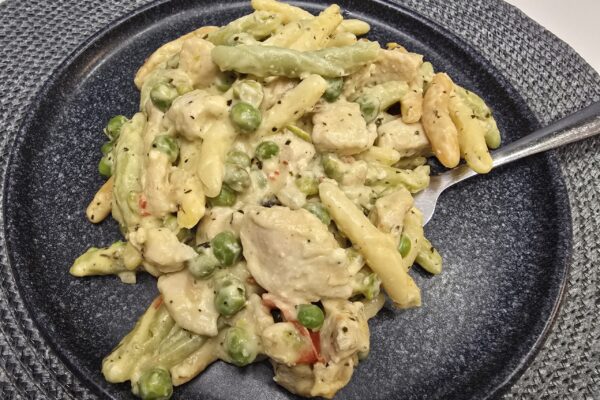This Fig and Black Tea Cake with Mascarpone Cream and Salted Caramel is an elegant dessert combining the rich aroma of black tea, soft sponge layers, creamy mascarpone filling, and fresh figs. A unique balance of sweetness and depth, this homemade cake recipe is perfect for celebrations and special gatherings.
Amazing Fig and Black Tea Cake with Salted Caramel
Course: Recipes, DessertsCuisine: EuropeanDifficulty: Medium12
servings35
minutes1
hour10
minutes480
kcal1
hour45
minutesIf you are looking for a dessert that feels both sophisticated and comforting, this Fig and Black Tea Cake is the perfect choice. It blends the earthy aroma of black tea, the delicate sweetness of figs, and the creaminess of mascarpone into a light yet rich cake. The salted caramel with infused tea adds depth and a hint of surprise. This cake is not just a treat—it’s a centerpiece for your table.
Kitchen Tools Used
Blender
Electric mixer
Mixing bowls
Spatula
Cake ring or springform pan
Parchment paper
Saucepan and casserole
Toothpick for testing
Ingredients
- For the Sponge Layers
1 cup white granulated sugar (½ cup + ½ cup, divided)
1 ½ tsp ground black tea leaves
6 eggs (separated)
1 tbsp lemon juice
1 cup warm milk
½ cup vegetable oil
2 cups all-purpose flour
1 tbsp baking powder
1 tsp salt
- For the Cream Filling
3 cups heavy cream
350 g mascarpone cheese
1 cup powdered sugar
- For the Salted Caramel with Tea
1 ½ cups brown sugar
¼ cup water
1 cup heavy cream
1 black tea bag
½ tsp salt
- For Topping
500 g fresh figs (quartered)
Directions
- Preparation
Begin your cake by creating a fragrant sugar base. Place half a cup of white granulated sugar into your blender, then add one and a half teaspoons of finely ground black tea leaves. Blend until the mixture becomes a soft, almost powdery consistency, and set this aside — this will infuse your sponge with a delicate aroma and a hint of bitterness that balances the sweetness.
Next, carefully separate the eggs into two large bowls, keeping the whites in the mixing bowl of your stand mixer and the yolks in another. To the egg whites, add a tablespoon of lemon juice; this helps stabilize them as they whip. Beat the whites on medium speed for about 8 minutes, until they become frothy, glossy, and start forming soft peaks. At this point, gradually add the remaining half cup of sugar, one spoonful at a time, continuing to beat. You’ll notice the mixture thickening with every addition, eventually becoming stiff and glossy, with peaks that stand tall when you lift the whisk. Once ready, set this bowl aside.
Now preheat your oven to 180°C (356°F), using both top and bottom heating elements, so it’s ready when your batter is finished.
- Cooking
Turn to the egg yolks. Add the tea-infused sugar you prepared earlier and begin whisking. After about 6–7 minutes, you should see the mixture become pale yellow, airy, and almost doubled in volume. This step is crucial, as the aeration creates the base of a light sponge.
Pour in one cup of warm milk, followed by half a cup of vegetable oil. Beat the mixture briefly, just until the liquids are fully incorporated and smooth.
In a separate bowl, whisk together two cups of all-purpose flour, one tablespoon of baking powder, and one teaspoon of salt. Gradually add these dry ingredients into the yolk mixture. Mix at a low speed, or by hand with a spatula, to avoid overmixing. The batter should look smooth and slightly thick but still pourable.
Now comes the delicate part: folding in the egg whites. Add them gradually, in three parts, using a large spatula. Move your spatula slowly from bottom to top in wide motions, turning the bowl as you go, until the whites are fully blended and the batter has a uniform, airy texture.
Divide the batter evenly between two cake rings or springform pans lined with greased parchment paper. Place them into the preheated oven and bake each sponge for 30–35 minutes. They should rise beautifully and turn golden on top. Test them by inserting a toothpick into the center—if it comes out clean, they are ready. Transfer to a rack and let them cool completely.

- Finishing Touches
While the sponges are cooling, prepare the cream filling. In a chilled bowl, pour in three cups of heavy cream, then add 350 grams of mascarpone cheese and one cup of powdered sugar. Beat everything together until the mixture becomes thick, fluffy, and holds soft peaks. Place this cream in the refrigerator for at least one hour to set and chill—it will be easier to spread later.
Next, move on to the salted caramel with tea infusion. Warm one cup of heavy cream in a small saucepan and drop in a black tea bag. Let it steep for five minutes over very low heat, just enough to release the tea’s aroma into the cream. Remove the bag and keep the cream warm.
In a separate casserole, combine one and a half cups of brown sugar with a quarter cup of water. Set over medium heat without stirring and allow the sugar to dissolve and bubble gently. After about 10 minutes, it should transform into a golden-brown syrup with a rich caramel scent. Take it off the heat and carefully pour in the tea-infused cream while whisking constantly—be cautious, as the caramel will bubble vigorously. Add half a teaspoon of salt, return the pan to low heat, and stir for another 3–4 minutes until the caramel thickens slightly. Set aside to cool completely.
- Serving
Once all components are cool, begin assembling the cake. Place the first sponge on a cake stand or serving plate. Spread a generous layer of mascarpone cream across the surface, making sure it’s even and smooth. Add the second sponge on top, pressing gently to stabilize the structure. Use the remaining cream to cover the entire cake, smoothing it along the sides and top with a spatula until you achieve a clean finish.
Now take the cooled salted caramel and pour it slowly over the top of the cake. Allow it to drip down the edges naturally—don’t try to control it too much, as the irregular drips create a rustic yet elegant look. Once the caramel has set slightly, transfer the cake to the fridge and let it rest overnight. This chilling time is essential—it allows the flavors to blend and the sponge to absorb moisture from the cream.
The next day, right before serving, prepare half a kilogram of fresh figs. Wash them gently, pat them dry, and slice them into quarters. Arrange them artfully across the top of the cake, either in concentric circles or a more natural scattered pattern. The figs add not only sweetness but also a beautiful contrast in color and texture. Slice the cake with a sharp knife, and serve each piece with a drizzle of caramel and perhaps a hot cup of freshly brewed black tea for a perfect pairing.
Recipe Video
Notes
- ✔️ Do:
✅ Use room-temperature eggs for better whipping.
✅ Fold egg whites gently to keep the sponge airy.
✅ Chill the cream well before whipping.
❌ Don’t:
❌ Overmix the batter after adding the egg whites.
❌ Pour hot caramel directly onto the cream—it will melt.
❌ Store figs on top for too long before serving—they may soften. - FAQ
Q: Can I replace mascarpone with cream cheese?
A: Yes, but the texture will be slightly tangier and less smooth.
Q: How long does the cake last in the fridge?
A: Up to 3 days if stored covered. Add fresh figs just before serving.
Q: Can I make the sponge layers in advance?
A: Yes, wrap and store them at room temperature for up to 24 hours.
Q: What type of tea works best?
A: A strong black tea such as Assam or Earl Grey gives the cake the best aroma. (Earl Grey tea)
Q: Can I skip the caramel?
A: Yes, but the salted caramel elevates the flavor balance.

